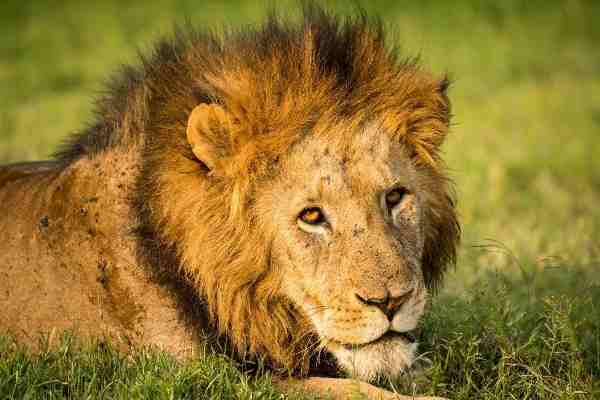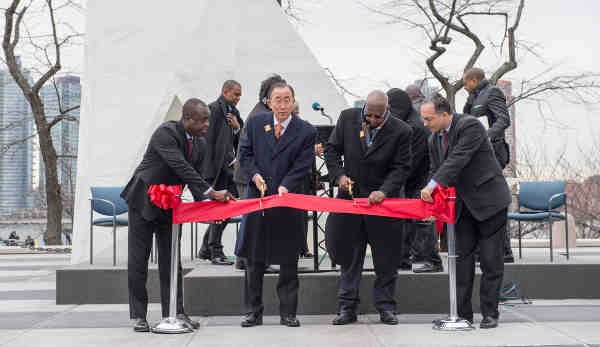Trade in Lion Body Parts Threatens Lion Populations

Parties at the 17th Conference of the Parties (CoP 17) of the Convention on International Trade in Endangered Species (CITES) in Johannesburg voted Monday in favor of a much diluted decision by establishing a zero annual export quota for bones, claws and teeth removed from the dead carcasses of wild lions to be traded for commercial purposes.
However, the agreement falls far short of what the proponents had wanted, which was a transfer of all populations of lions from Appendix II to Appendix I, thus prohibiting any international commercial trade in lions or lion parts.
South Africa, the only country currently commercially trading specific lion parts, will be obliged to establish annual export quotas for trade in these lion parts from its captive breeding operations and report to CITES each year.
[ African Elephants Continue to Face Serious Threats ]
The agreement therefore does reduce the threat that the market for lion bone and parts would be extended beyond South Africa. However, the existence of the legal lion skeletal market provides an incentive and opportunity for laundering parts from poached lions in the wild, causing concern that the trade will continue to threaten lion populations.
“CITES parties have failed to realize how dire the situation has become for African lions and that immediate action is necessary if we want to avoid further decline of their already significantly reduced population numbers,” says Jeffrey Flocken, North American Regional Director at IFAW (International Fund for Animal Welfare). “However, while not a victory, it is an incremental step forward that we hope will lead to greater protection for lions.”
[ The Legend of Tarzan Used to End Poaching ]
Niger representing the co-proponents made a statement for the record that they remained concerned for lions in its range and that lion bones are used to replace tiger bones in traditional medicine and tonics in the Far East.
African lion populations have decreased rapidly during the past decades. Lions now occupy a fraction – eight percent – of their historic range, and based on the best available scientific data have lost 43 percent their population over the past three lion generations (21 years).
[ How Tourism Is Killing Africa’s Lions ]
There could be fewer than 20,000 wild lions left in Africa. While habitat loss and retaliatory killings caused by lion-human conflict pose the main threats to African lion populations, trade in lion products and trophy hunting can additionally diminish already dwindling populations.
The African lion was listed on Appendix II of CITES by virtue of its inclusion in the cat family, Felidae, which was listed in its entirety in 1975.
The original proposal was submitted by the Niger, Chad, Côte d’Ivoire, Gabon, Guinea, Mali, Mauritania, Nigeria, Rwanda and Togo, and had support from international animal protection groups like IFAW, Born Free and Humane Society International.
Founded in 1969, IFAW rescues and protects animals around the world. With projects in more than 40 countries, IFAW rescues individual animals, works to prevent cruelty to animals, and advocates for the protection of wildlife and habitats.
Photo courtesy: IFAW-Barbara Hollweg
💛 Support Independent Journalism
If you find RMN News useful, please consider supporting us.




